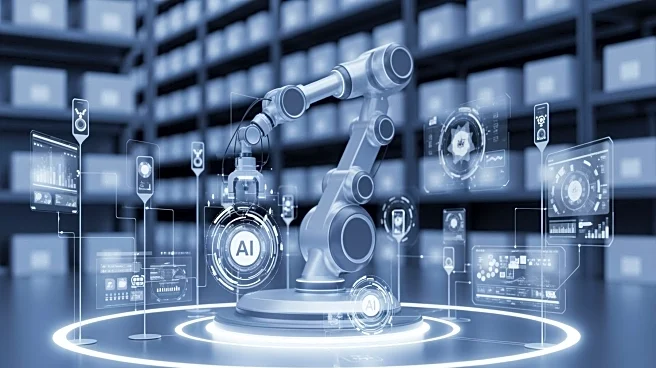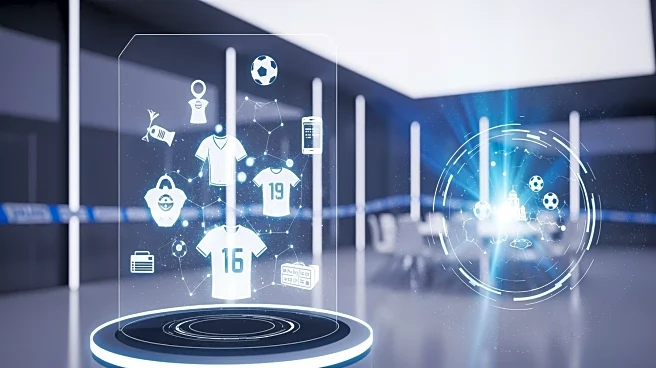What's Happening?
Realgram AI is revolutionizing the retail industry by utilizing real-time data to optimize store layouts and product placements. This technology allows stores to make informed decisions about shelf arrangements,
ensuring that each store is tailored to its specific needs daily. The primary goal of Realgram AI is not only to save time but also to enhance decision-making processes, reduce waste, and improve sales. By providing a dynamic setup, Realgram AI simplifies operations for store teams, making it easier to manage inventory and meet consumer demands effectively.
Why It's Important?
The introduction of Realgram AI in retail signifies a shift towards more efficient and sustainable business practices. By reducing waste and improving sales, this technology can significantly impact the retail industry's profitability and environmental footprint. Retailers stand to benefit from increased operational efficiency and customer satisfaction, as products are more strategically placed to meet consumer needs. This advancement could lead to a competitive edge for businesses that adopt such technologies, potentially influencing industry standards and consumer expectations.
What's Next?
As Realgram AI continues to gain traction, more retailers may adopt this technology to enhance their merchandising strategies. The potential for widespread implementation could lead to further innovations in retail technology, driving the industry towards more data-driven solutions. Retailers might explore additional applications of AI to optimize other aspects of their operations, such as supply chain management and customer service, further transforming the retail landscape.
Beyond the Headlines
The use of AI in retail raises questions about data privacy and the ethical implications of automated decision-making. As retailers increasingly rely on AI, they must consider how to balance technological advancements with consumer rights and transparency. Additionally, the shift towards AI-driven solutions may require workforce adjustments, as traditional roles evolve to accommodate new technologies.











